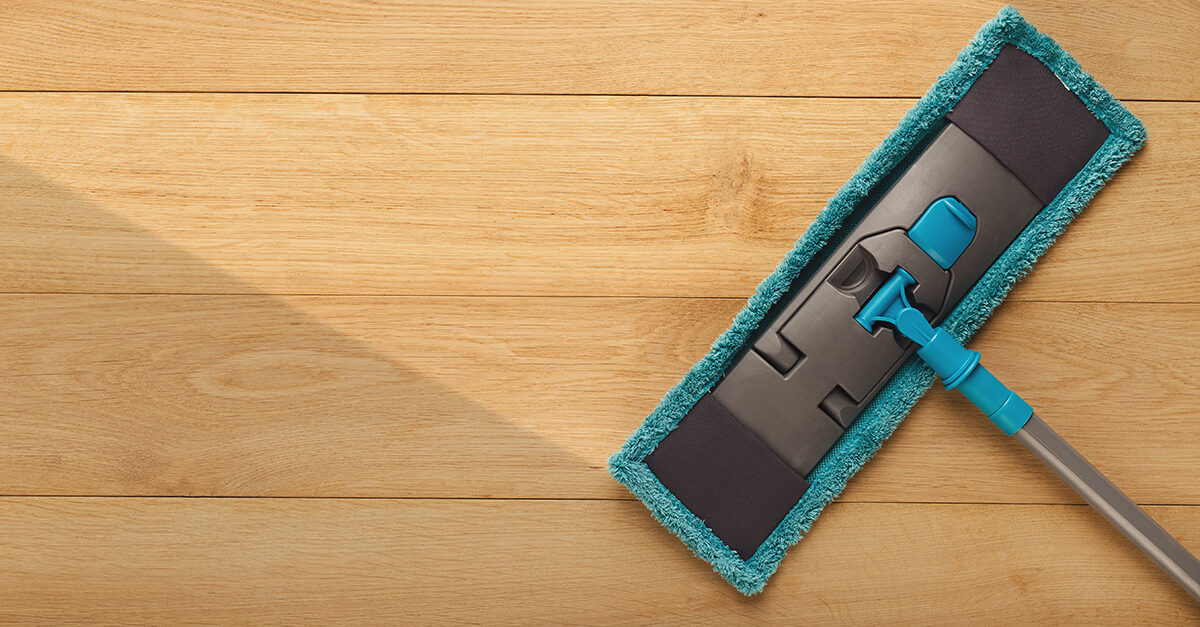This article originally appeared in the May/June 2023 issue of CMM Magazine
By Jennifer Whelan — More than 30% of Americans have an allergy, with 25% reporting seasonal allergies, such as a reaction to pollen, according to the U.S. Centers for Disease Control and Prevention (CDC). With such a sizable proportion of the population impacted by allergies, it is important for facility managers to make improving indoor air quality a priority.
Allergies occur when your immune system overreacts to a usually harmless substance, or allergen. Common environmental allergens include pollen, pet dander, dust mites, and mold. These allergens can trigger asthma attacks, according to the American College of Allergy, Asthma, & Immunology (ACAAI). Nearly 26 million people in the United States have asthma, making it a leading cause of chronic school absenteeism, reports the Asthma and Allergy Foundation of America (AAFA).
Typically, ventilation systems and filtration get a lot of attention when it comes to ensuring good indoor air quality. However, as flooring is one of the largest indoor surfaces in any building, floors can have a substantial cumulative impact on the amount of allergen build-up.
Dust, pet dander, and mold can all accumulate in carpet fibers, between floorboards, or on hard flooring surfaces. People or activity can kick the dust and allergens from the floor into the air— therefore into the “breathing zone” for sensitive individuals. Removing these particles from the floor before they are disturbed can reduce this risk.
Flooring options for better breathing
Hardwood floors can be a popular option to protect against allergies because they are relatively easy to clean and generally do not trap dust or allergens on their surface. However, particles can accumulate in the crevices between floorboards, depending on how closely they are installed. And hardwood floors can harbor mold if they are not properly maintained. To prevent mold growth, it is essential to keep hardwood floors dry and well-ventilated.
Tile and stone floors also do not trap allergens and can be easy to clean and maintain. However, grout lines between tiles are dust and allergen traps, so it is important to pay particular attention to grouting in the cleaning process.
Vinyl floors are another great option for allergy sufferers because, just like the flooring types mentioned previously, they do not trap dust or other allergens and are easy to clean and maintain. Vinyl floors can be installed as tiles or sheets and are available in a variety of colors and styles. However, some types of vinyl flooring can release volatile organic compounds (VOCs), which can cause health problems for some individuals. It is better to choose products that are low-VOC and bear in mind that adhesive can greatly increase the amount of VOCs a new vinyl flooring can produce.
Carpet is traditionally seen as the least desirable option for allergy sufferers because it can trap and accumulate dust, pet dander, and other allergens. However, there are some hybrid, textile-based flooring types that are engineered to give the comfort of traditional carpet with the cleanability of resilient flooring. A low pile is important for allergen removal, as is a backing material that prevents build-up of dust and allergens below the flooring.
Routine cleaning keeps the allergens away
Cleaning and maintenance are key to keeping allergy levels in flooring low. Here are some tips for creating a low-allergen environment:
- Maintain a regular cleaning (vacuuming, mopping, and/or scrubbing) schedule. Don’t forget about areas behind or under furniture where dust and allergens can build up.
- Pay attention to the entrance of buildings, considering options — such as entryway mats — for reducing the amount of allergens brought in.
- People with sensitive airways can suffer negative effects to the chemicals in harsh cleaning products, so look at using gentler, low-VOC options.
- Fragrances can also irritate those with sensitive airways. Either avoid using room fragrances or air fresheners, or look for low-fragrance or no-fragrance options.
- Maintain appropriate ventilation and humidity in the building to help prevent mold growth, especially in areas with high humidity such as restrooms and kitchens. Air quality monitoring can be a useful source of information in identifying potential problem areas for humidity.
- Consider steam cleaning carpet and other textile-based flooring at least once a year to remove deep-seated dirt and allergens. Steam cleaning can also help remove any mold or mildew in the fibers
- Pay special attention to the grout lines in tile or stone floors. Use targeted cleaning to remove any dirt or debris that may have accumulated



 Jennifer Whelan
Jennifer Whelan

